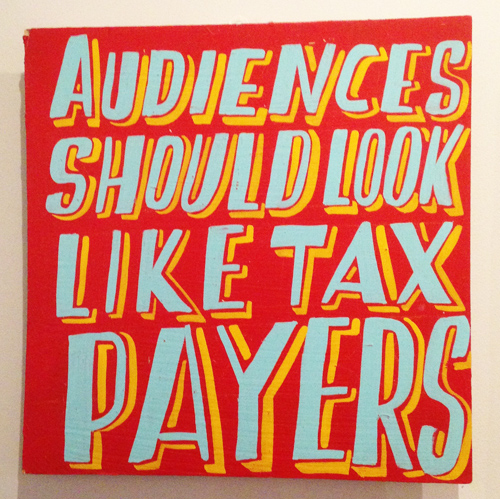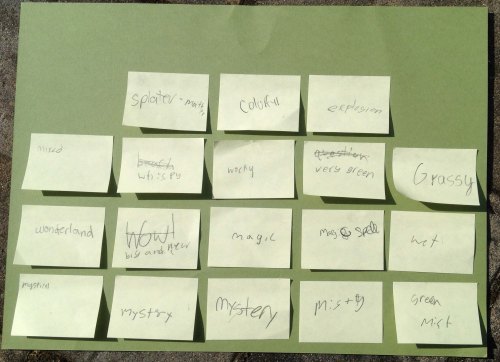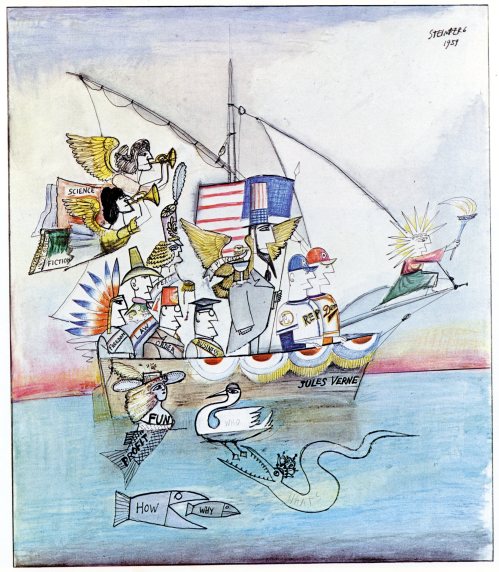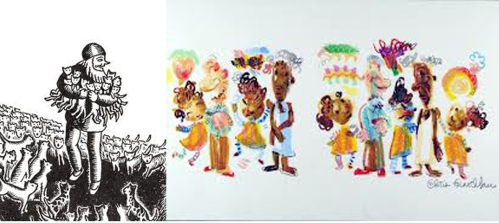
I recently went back to the William Morris Gallery to see their current exhibit, “The Artistic Campaigns of Bob and Roberta Smith”.
Bob and Roberta Smith is actually one person, Patrick Brill, who chose this double pseudonym to create a more “egalitarian platform” for art making. The name Bob Smith is the most common name in England (like John Smith in the United States) and Roberta is Patrick’s sister’s name. Combined, this artistic nom de plume is about as low brow as one can get.
The son of a well-known landscape painter and teacher, Smith studied for his MA at Goldsmiths in the early 90s. He has been an Artist Trustee of Tate Museum and the National Campaign for the Arts. He currently is an Associate Professor at the Sir John Cass Department of Art, Media and Design at London Metropolitan University,

His irreverent humor and straightforward approach is apparent throughout his work. He paints with sign-painting enamel on found objects and discarded wood panels. His images center on the written word – he paints personal stories as well as social commentary. His lettering is mostly freehand, paying homage to the sign-painting styles of fair grounds, old shop advertisements and folk art.

This exhibit was of special interest to me. In Seattle, I was actively involved in advocating for arts in education. I volunteered as an arts community liaison for in Seattle public schools for over a decade. I started a blog – Pebbles In The Jar – to help inform and encourage others to do the same. I was a member of the arts community advisory group during the development of the Seattle Public Schools Creative Advantage plan. I even spoke on the topic at a few events.

After moving to London, I was curious to see how arts in education is handled here. I assumed that, with London’s broad art scene and history of supporting the arts, arts teaching in public (what they call “state” schools here) would be more secure. I was wrong. The arts in education have been whittled away by conservative politics and “austerity” measures in the U.K., just as in the U.S.
Smith says he grew up believing “education is not about improving your life chances or getting a better job, education is about building knowledge and experience and enriching humanity and society.” Art as an integral part of democracy.

Taking his art to another level, Smith in 2013 started the Art Party with Crescent Arts, Scarborough. “The Art Party seeks to better advocate the arts to Government. The Art Party is NOT a formal political party, but is a loose grouping of artists and organizations who are deeply concerned about the Government diminishing the role of all the arts and design in schools.”

In 2015, Bob and Roberta Smith ran for parliament as an independent during the 2015 general election against conservative Michael Gove, former Secretary of State for Education and Member of Parliament for Surrey Heath. This is when I first became aware of his work. I was impressed with a visual artist who dared to enter the outspoken and contentious realm of politics.

Smith sees his campaigns as “extended art works which include a variety of consciousness raising artifacts.” He has taken to the streets in a camper covered in his campaign slogans. He has created videos, performance pieces and radio shows. He sings. He plays guitar and piano. He walks the walk.

“It’s almost impossible for kids to study art and music together, let alone dance or drama as well. This is worrying for British culture and Britain’s long-term reputation for being a great place to make, teach and experience the arts.”

“Art is about the appreciation of ambiguity. Only when people realize what unites us is huge and wonderful and what divides us is small and mean will people live peacefully.”

“Hey artists, forget about making money, and make things better.”

It’s notable that the William Morris Gallery has hosted this exhibit and supported Smith’s campaign. William Morris was also a political activist. In 1882 he told the Royal Commission on Technical Education “everybody ought to be taught ought to draw, just as much as everybody be taught to read and write”.



If you would like to learn more about Bob and Roberta Smith, you can watch this excellent and entertaining documentary, Make Your Own Damn Art: the world of Bob and Roberta Smith, directed by John Rogers.
I wish I could have voted for Bob and Roberta Smith.




































 A Stroll Down Broadway, End Paper (Part 1) January 1940 issue
A Stroll Down Broadway, End Paper (Part 1) January 1940 issue School Yard, p 21. 20.
School Yard, p 21. 20.